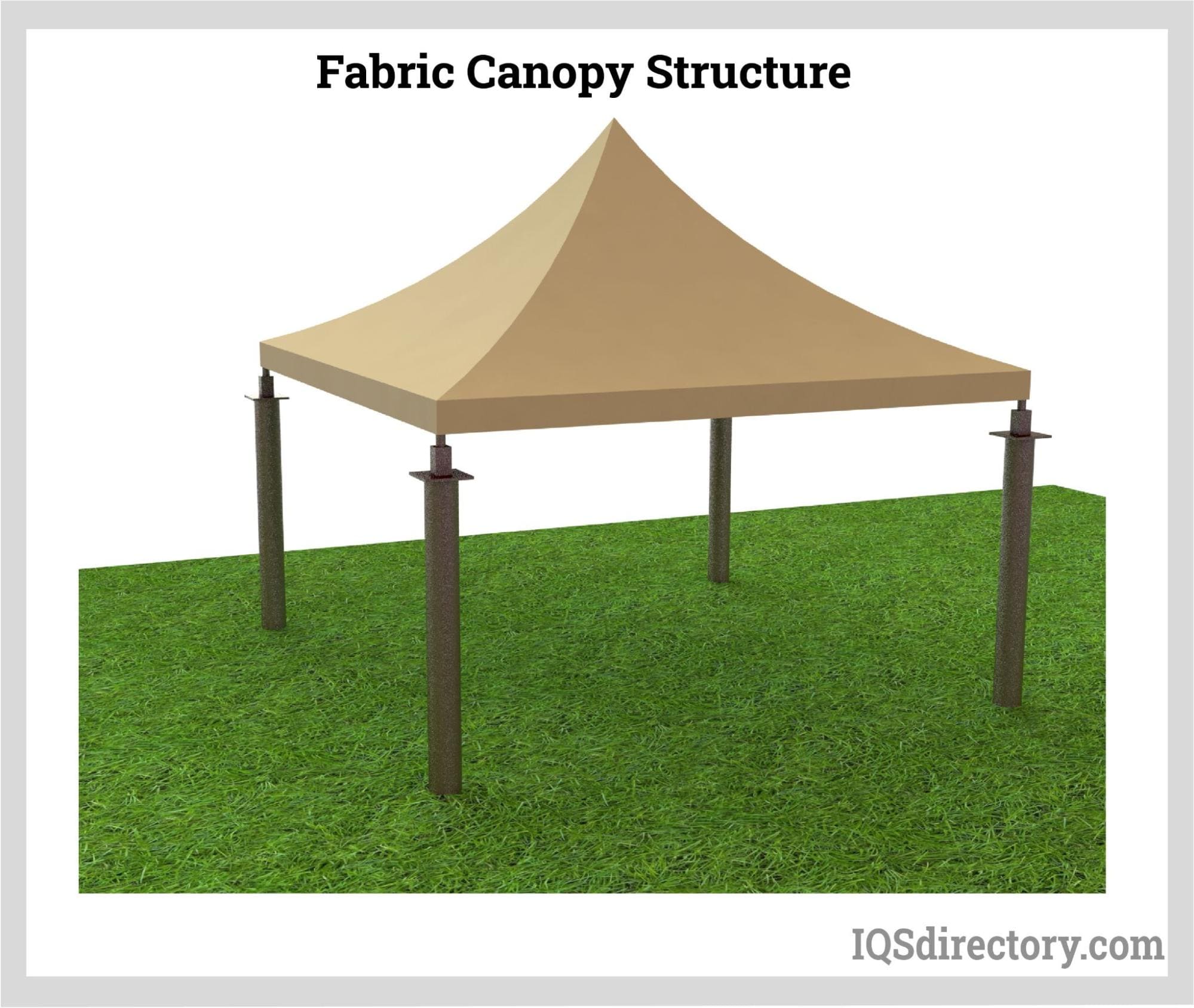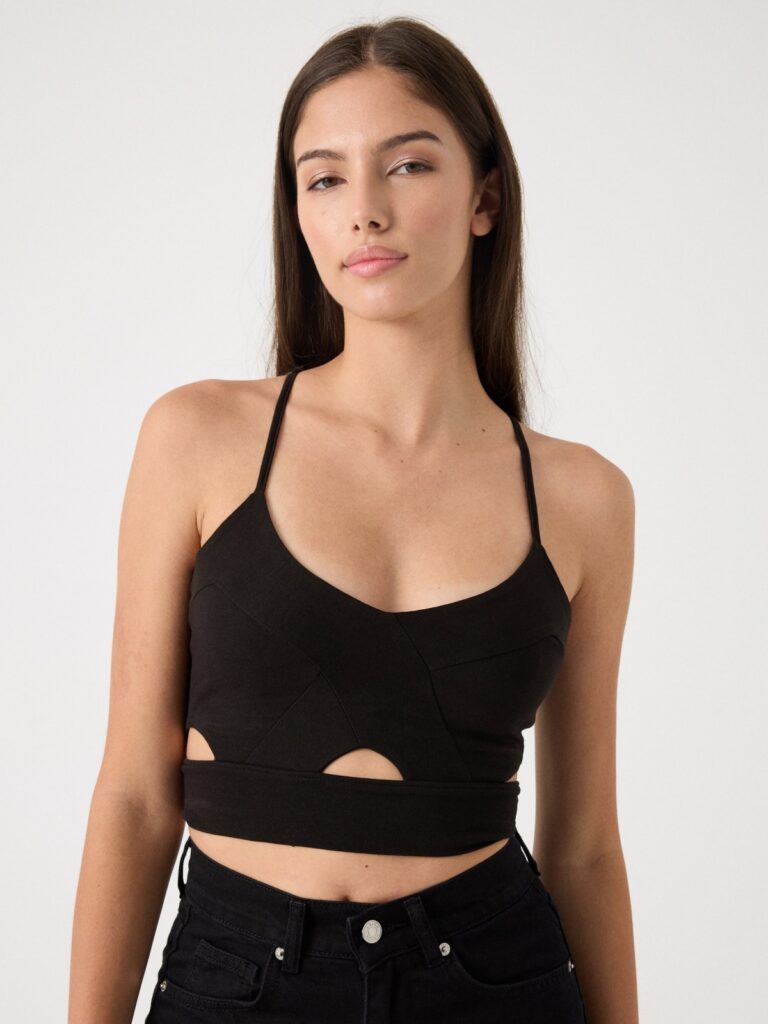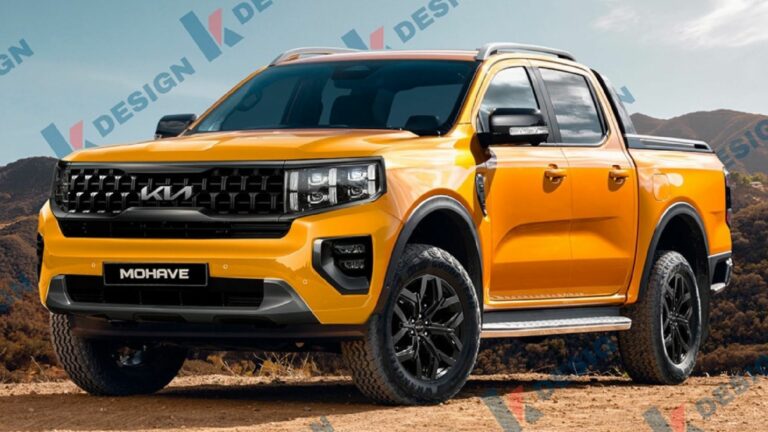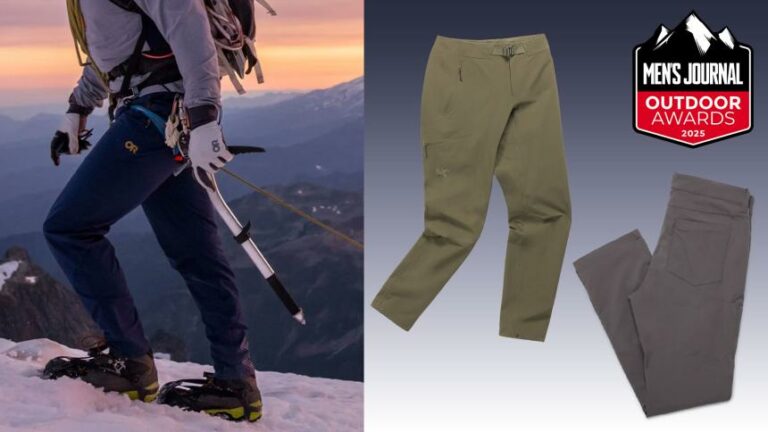Will A Canopy Off A Ram Fit A: Decoding Truck Bed Compatibility
Will A Canopy Off A Ram Fit A: Decoding Truck Bed Compatibility cars.truckstrend.com
The allure of a truck canopy, also known as a truck cap or topper, is undeniable. It transforms your pickup bed into a secure, weather-protected storage space, ideal for tools, camping gear, or even an impromptu sleeping area. For Ram truck owners, the question often arises: "Will a canopy off one Ram fit another Ram?" Perhaps you’ve found a great deal on a used canopy, inherited one, or are upgrading your truck but want to keep your existing topper. This seemingly simple question, however, opens up a complex world of measurements, model year variations, and subtle design differences.
This comprehensive guide will delve into the intricacies of Ram truck bed compatibility, helping you understand the factors at play when trying to fit a canopy from one Ram onto another, or even considering a canopy from a different truck manufacturer. We’ll provide practical advice, outline potential challenges, and equip you with the knowledge to make an informed decision.
Will A Canopy Off A Ram Fit A: Decoding Truck Bed Compatibility
Understanding Ram Truck Bed Variations: The Foundation of Fitment
Before attempting any fit, it’s crucial to understand that not all Ram truck beds are created equal. Even within the same brand, significant variations exist across model years and trim levels. These differences are the primary determinants of whether a canopy will fit seamlessly.
-
Bed Length: This is by far the most critical factor. Ram trucks come with several standard bed lengths:
- Short Bed: Typically around 5 feet 7 inches (5’7").
- Standard/Quad Cab Bed: Often around 6 feet 4 inches (6’4").
- Long Bed: Usually 8 feet (8′).
A canopy is designed precisely for a specific bed length. A mismatch here is almost always a deal-breaker for a direct, proper fit.


Bed Width: While less dramatic than length, bed width can vary slightly between generations and even between 1500, 2500, and 3500 models. Canopies are often tapered, meaning the width at the cab end might differ from the tailgate end. Small differences can lead to unsightly gaps or an inability to clamp down properly.
-
Cab Height and Bed Rail Height: The height of your truck’s cab relative to the bed rails, and the height of the bed rails themselves, are important for a flush and aesthetically pleasing fit. A canopy designed for a truck with lower bed rails might sit too high on a truck with taller rails, creating an awkward gap between the canopy and the cab. Conversely, a canopy designed for a taller cab might look disproportionate on a shorter one.
-
Tailgate Curvature and Design: Modern truck tailgates often have complex curves and integrated spoilers. Canopies are designed with a specific cutout and sealing mechanism to mate perfectly with the tailgate, ensuring weather resistance. A different tailgate design will lead to gaps and potential leaks.
-
Generation-Specific Differences: Ram trucks have undergone several generational redesigns (e.g., 3rd Gen 2002-2008, 4th Gen 2009-2018, 5th Gen 2019-present). Each generation can introduce subtle but significant changes to bed dimensions, rail caps, and cab profiles. The "Ram Classic" designation for some 4th Gen models sold alongside 5th Gen trucks also adds to the complexity. A canopy from a 4th Gen Ram will likely not fit a 5th Gen Ram perfectly, even if the bed length is identical, due to changes in bed rail caps, cab curvature, and overall bed dimensions.

Key Compatibility Factors for Ram-to-Ram Fitment
Given the variations, let’s break down the likelihood of a canopy fitting from one Ram to another:
- Same Generation, Same Bed Length, Same Cab Style (e.g., Quad Cab to Quad Cab): This offers the highest probability of a near-perfect direct fit. Canopies within the same generation and body style are generally interchangeable, assuming they are designed for the exact same bed length.
- Different Generation, Same Bed Length: This is where it gets tricky. While the length might be right, subtle differences in bed width, rail cap thickness, tailgate design, and cab height between generations (e.g., 4th Gen canopy on a 5th Gen truck) will likely result in an imperfect fit. You might encounter gaps, difficulty clamping, or aesthetic misalignment.
- Different Bed Lengths: Absolutely not a direct fit. A 5’7" canopy will not fit a 6’4" bed, and vice-versa. Attempting to force it will result in significant overhangs or large gaps, compromising functionality, aesthetics, and safety. Extensive, costly, and often impractical modifications would be required.
- Ram 1500 vs. Ram 2500/3500: While some bed lengths might overlap, heavy-duty trucks (2500/3500) often have deeper beds, wider beds, and different bed rail designs than their 1500 counterparts. A canopy from a 1500 is unlikely to fit a 2500/3500 perfectly, and vice-versa, even if the nominal bed length is the same.
Can a Ram Canopy Fit a Non-Ram Truck (e.g., Ford, Chevy, Toyota)?
The simple answer is highly unlikely for a proper, secure, and weather-tight fit. Truck beds vary significantly between manufacturers in terms of:
- Overall Dimensions: Length, width, and depth will almost certainly be different.
- Bed Rail Design: The thickness, shape, and height of the bed rails vary widely, affecting how a canopy clamps on and sits.
- Tailgate Design: Every manufacturer has a unique tailgate curvature and shape, making it nearly impossible for a canopy designed for one brand to seal correctly against another.
- Cab Profile: The angle and height of the rear cab window differ, leading to large gaps or interference.
While some highly skilled fabricators might be able to modify a canopy extensively to fit a different brand, the cost would typically outweigh the benefit, and the structural integrity and weather sealing would often be compromised. It’s generally not a recommended approach.
How to Assess Compatibility: A Step-by-Step Guide
To determine if a used canopy will fit your Ram, or if your Ram canopy will fit another, follow these steps:
-
Identify Your Truck’s Specifics:
- Year, Make, Model, Trim: (e.g., 2017 Ram 1500 Laramie Quad Cab).
- Bed Length: Measure the inside length of your truck bed along the top rail, from the bulkhead (front) to the tailgate (rear). Be precise.
- Bed Width: Measure the inside width of your bed at the front (near the cab), middle, and rear (near the tailgate).
- Cab Height: Measure the vertical distance from the top of your bed rail to the highest point of your truck’s cab roof (usually the center).
- Bed Rail Cap Type: Note if your truck has thick plastic bed rail caps or if the metal bed rail is exposed.
-
Gather Canopy Information:
- Manufacturer and Model: (e.g., Leer 100XR, ARE CX Series).
- Original Truck Application: If buying used, ask what truck it came off of (year, make, model, bed length). This is crucial.
- Canopy Dimensions: If possible, measure the inside length and width of the canopy’s base. Compare these to your truck’s bed dimensions.
- Canopy Height: Measure the canopy’s height from its base to its highest point, especially at the front where it meets the cab.
-
Compare and Evaluate:
- Bed Length: Must be an exact match.
- Bed Width: Should be very close. Minor discrepancies (1/4" to 1/2") might be manageable with extra weatherstripping. Larger differences will create gaps.
- Cab Height Match: Ideally, the canopy should be designed to sit flush or slightly above your truck’s cab for optimal aerodynamics and aesthetics.
- Tailgate Compatibility: Visually inspect the canopy’s rear opening shape and the contour of your tailgate. They should complement each other.
- Bed Rail Cap Clearance: Ensure the canopy’s clamping system will work with your truck’s bed rails.
Potential Challenges and Solutions
Even with careful measurements, you might encounter issues:
- Gaps (Tailgate, Cab, Sides): The most common problem.
- Solution: High-quality, thick automotive weatherstripping can seal minor gaps. For larger gaps, custom foam seals or shims might be needed, but this compromises weather resistance.
- Mounting Issues: Clamps not fitting or not securing properly.
- Solution: Different styles of clamps might be available, or you may need to modify the bed rail caps (not recommended for leased vehicles).
- Aesthetics: Canopy sitting too high/low, not flush with the cab.
- Solution: Often no easy fix for aesthetic mismatches beyond living with it or buying a properly fitted canopy.
- Water Leaks: The biggest functional concern.
- Solution: Thoroughly seal all contact points with silicone sealant (ensure it’s removable if needed) and high-quality weatherstripping. Pay special attention to the front bulkhead and tailgate areas.
Tips for Buying a Used Canopy
- Measure, Measure, Measure: Bring a tape measure and measure both the canopy and your truck bed. Don’t rely solely on seller’s descriptions.
- Inspect Thoroughly: Check for cracks, especially around windows and mounting points. Look for broken glass, worn seals, and damaged latches or locks.
- Test Components: Ensure all windows open and close properly, and the rear door latches securely.
- Check Wiring: If it has interior lights or third brake lights, check the wiring condition.
- Ask for Original Truck Info: This is the best indicator of potential fit.
- Consider the Cost of Modifications: Factor in the price of weatherstripping, clamps, and potentially professional help if the fit isn’t perfect. Sometimes, a "cheap" used canopy becomes expensive after modifications.
Practical Advice and Actionable Insights
- Prioritize a Direct Fit: For the best long-term satisfaction, security, and weather protection, a canopy designed specifically for your truck’s year, model, and bed length is always the ideal solution.
- Don’t Guess: Never assume a canopy will fit just because it came off "a Ram." The nuances are significant.
- Consult a Professional: If you’re unsure, visit a reputable truck accessory dealer. They have experience with compatibility and can often advise on specific models or even offer used canopies with guaranteed fitment.
- Weatherproofing is Key: An ill-fitting canopy that leaks defeats its primary purpose. Invest in good sealing materials if you proceed with a less-than-perfect fit.
- Resale Value: An ill-fitting or heavily modified canopy will have little to no resale value.
Canopy Compatibility Cost Considerations
The cost associated with fitting a canopy is not just the purchase price, but also the potential for additional expenses if it’s not a perfect fit.
| Item/Service | Description | Estimated Cost Range (USD) | Notes |
|---|---|---|---|
| New Canopy (Ram Specific) | Custom-ordered, perfect fit, warranty, professional installation usually included. | $1,500 – $4,000+ | Price varies greatly by brand, features (windows, lights, racks), and material. |
| Used Canopy (Potential Fit) | Purchased privately or from a used dealer. | $300 – $1,200 | Condition, brand, and age affect price. Risk of poor fit or hidden damage. |
| Professional Installation | Labor for mounting, sealing, and wiring. | $100 – $300 | Recommended for first-timers or if uncertain about sealing. Some new canopies include installation. |
| DIY Modification Supplies | High-quality weatherstripping, silicone sealant, new clamps. | $50 – $200 | Essential for achieving a good seal on a less-than-perfect fit. |
| Body Shop Modifications | For significant fit issues (e.g., fiberglass repair, custom fabrication). | $500 – $2,000+ | Generally not cost-effective for a used canopy; often better to buy new. |
| Tools for DIY | Basic hand tools, measuring tape, cleaning supplies. | $0 – $50 | Assuming basic tools are on hand. |
| Time Investment (DIY) | Your labor for measuring, installing, and troubleshooting. | Priceless | Can range from an hour to several hours or even days if issues arise. |
| Potential Water Damage | To cargo if canopy leaks (e.g., tools, camping gear, electronics). | Variable | The hidden cost of a poor seal; can be very expensive. |
Frequently Asked Questions (FAQ)
Q: Can I modify a canopy to fit if it’s "close"?
A: Minor modifications like adding thicker weatherstripping or shims are common for slight gaps. However, structural modifications (cutting fiberglass, reshaping) are complex, costly, and often compromise the canopy’s integrity and weather resistance. It’s generally not worth it.
Q: What are the biggest challenges when trying to fit a used Ram canopy?
A: The most common challenges are achieving a complete, leak-proof seal at the tailgate and bulkhead, and ensuring the canopy sits flush and aesthetically pleasing with the truck’s cab. Bed rail cap thickness differences can also make clamping difficult.
Q: Is it worth trying to fit an old canopy if it’s free or very cheap?
A: If it’s free and you’re willing to invest time in measuring, testing, and potentially sealing, it might be worth a try, especially if it’s from the exact same generation and bed length. However, be prepared for potential frustration and the risk of it not working out, leading to wasted time and materials.
Q: Where can I find compatibility charts for canopies?
A: Major canopy manufacturers (Leer, ARE, SnugTop) often have fitment guides or application charts on their websites. However, these primarily cover new canopies for specific truck models. For used canopies, you’ll rely more on precise measurements.
Q: What if the bed length is off by just an inch or two?
A: Even an inch or two makes a significant difference. A canopy will either overhang the tailgate, leaving a large gap, or be too short, creating an equally problematic gap at the bulkhead. Neither scenario is acceptable for a functional, secure, or weather-tight fit.
Q: Will a canopy from a Ram 1500 fit a Ram 2500/3500?
A: Unlikely. While bed lengths might overlap, 2500/3500 beds are typically deeper and often wider, with different bed rail designs. A 1500 canopy will likely not sit properly or seal effectively on a heavy-duty Ram.
Conclusion
The question "Will a canopy off a Ram fit a Ram?" is best answered with a nuanced "It depends." A direct, perfect fit is highly probable only when dealing with canopies and trucks from the same generation, same bed length, and often the same cab style. Any deviation from these parameters significantly increases the likelihood of compatibility issues, ranging from minor aesthetic flaws to major functional problems like leaks and insecure mounting.
While the appeal of a cost-effective used canopy is strong, the importance of precise measurements, thorough inspection, and realistic expectations cannot be overstated. For ultimate peace of mind, weather protection, and aesthetic integration, investing in a new canopy custom-designed for your specific Ram model remains the gold standard. When in doubt, measure twice, consult a professional, and prioritize a secure, dry, and functional solution for your truck.






